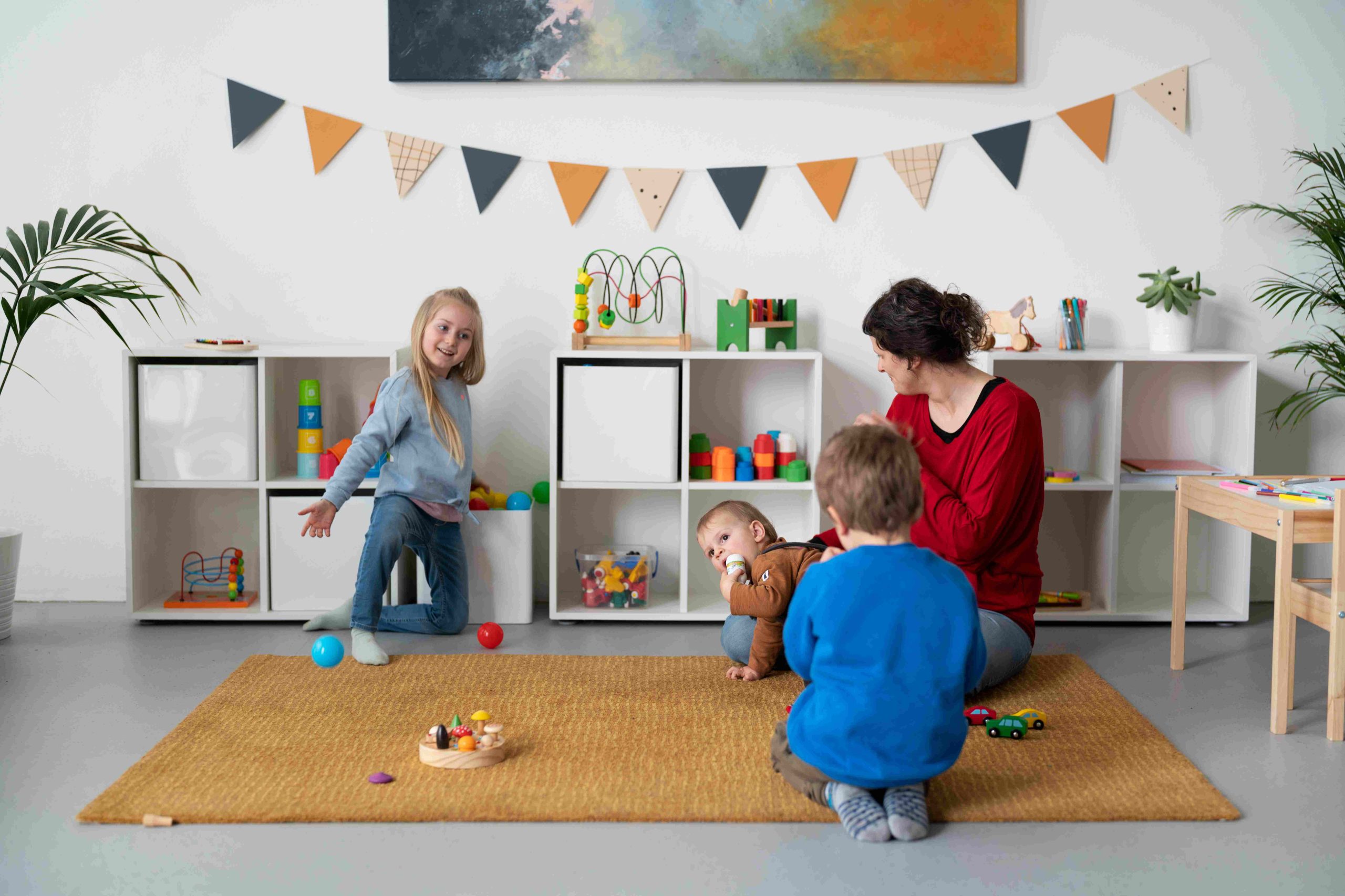
Building a Stimulating Environment for Preschoolers
Creating an engaging environment for preschoolers is crucial for their development. Preschoolers are at a critical stage of brain development, and the environment they experience plays a significant role in shaping their cognitive, social, and emotional growth. Let’s explore what constitutes a stimulating environment and how to create one for preschoolers.
What is a Stimulating Environment?
A stimulating environment encourages exploration, creativity, and learning. It provides a rich array of materials, experiences, and interactions, fostering safety, nurturing, and positive social engagement.
Creating a Stimulating Environment for Preschoolers
Building such an environment need not be daunting. Here are practical steps to achieve it:
- Provide a variety of materials: Offer blocks, play dough, paints, and crayons to encourage exploration and self-expression.
- Offer open-ended activities: Encourage creativity with activities like building with blocks and painting.
- Create a print-rich environment: Label classroom items, decorate with books, and provide writing opportunities.
- Provide opportunities for outdoor play: Support physical development with safe outdoor areas for climbing and running.
- Foster positive social interactions: Design activities promoting cooperation, sharing, and turn-taking.
The Importance of a Stimulating Environment for Preschoolers
A stimulating environment offers numerous benefits:
- Promotes cognitive development: Encourages critical thinking and problem-solving.
- Enhances creativity: Provides opportunities for imaginative expression.
- Improves language development: Fosters literacy skills and communication.
- Promotes physical development: Supports gross motor skills and coordination.
- Fosters social and emotional development: Encourages cooperation, empathy, and resilience.
Implementing a Stimulating Environment
Practical tips for preschool classrooms and homes:
- Designate activity spaces: Clearly define areas for different activities.
- Rotate materials regularly: Keep the environment fresh and engaging.
- Use natural materials: Incorporate wood, rocks, and plants for a calming atmosphere.
- Create cozy corners: Provide comfortable spaces for relaxation and reading.
- Involve children: Encourage participation in decision-making and design processes.
The Role of Outdoor Play
Outdoor play offers essential benefits:
- Physical development: Encourages exercise and motor skill development.
- Exploration and discovery: Fosters curiosity about the natural world.
- Social interaction: Promotes cooperation and communication.
- Creativity and imagination: Inspires imaginative play with natural elements.
Incorporating Technology
While mindful use of technology can enhance learning:
- Increased engagement: Interactive tools can boost interest in learning.
- Development of digital literacy: Prepares children for a technology-driven future.
- Personalized learning: Adapts to individual learning styles and paces.
- Experiential learning: Provides immersive educational experiences.
Creating a Multi-Sensory Environment
Engaging multiple senses promotes holistic development:
- Use diverse materials and textures: Offer a range of tactile experiences.
- Incorporate music and sound: Create varied auditory stimuli.
- Utilize lighting and visuals: Stimulate visual interest with color and movement.
- Engage the sense of smell: Introduce scents for sensory experiences.
- Create quiet spaces: Provide areas for relaxation and reflection.


